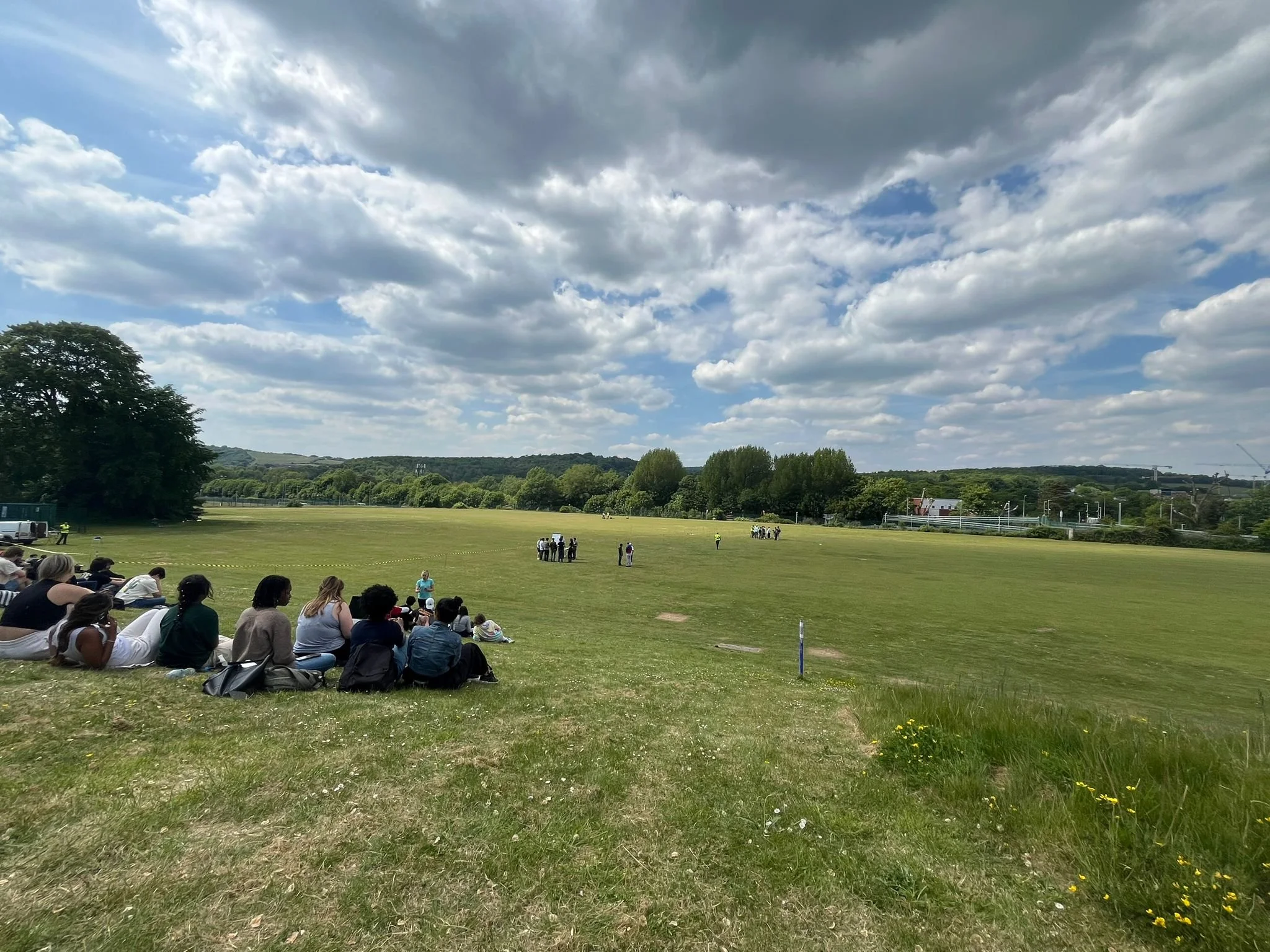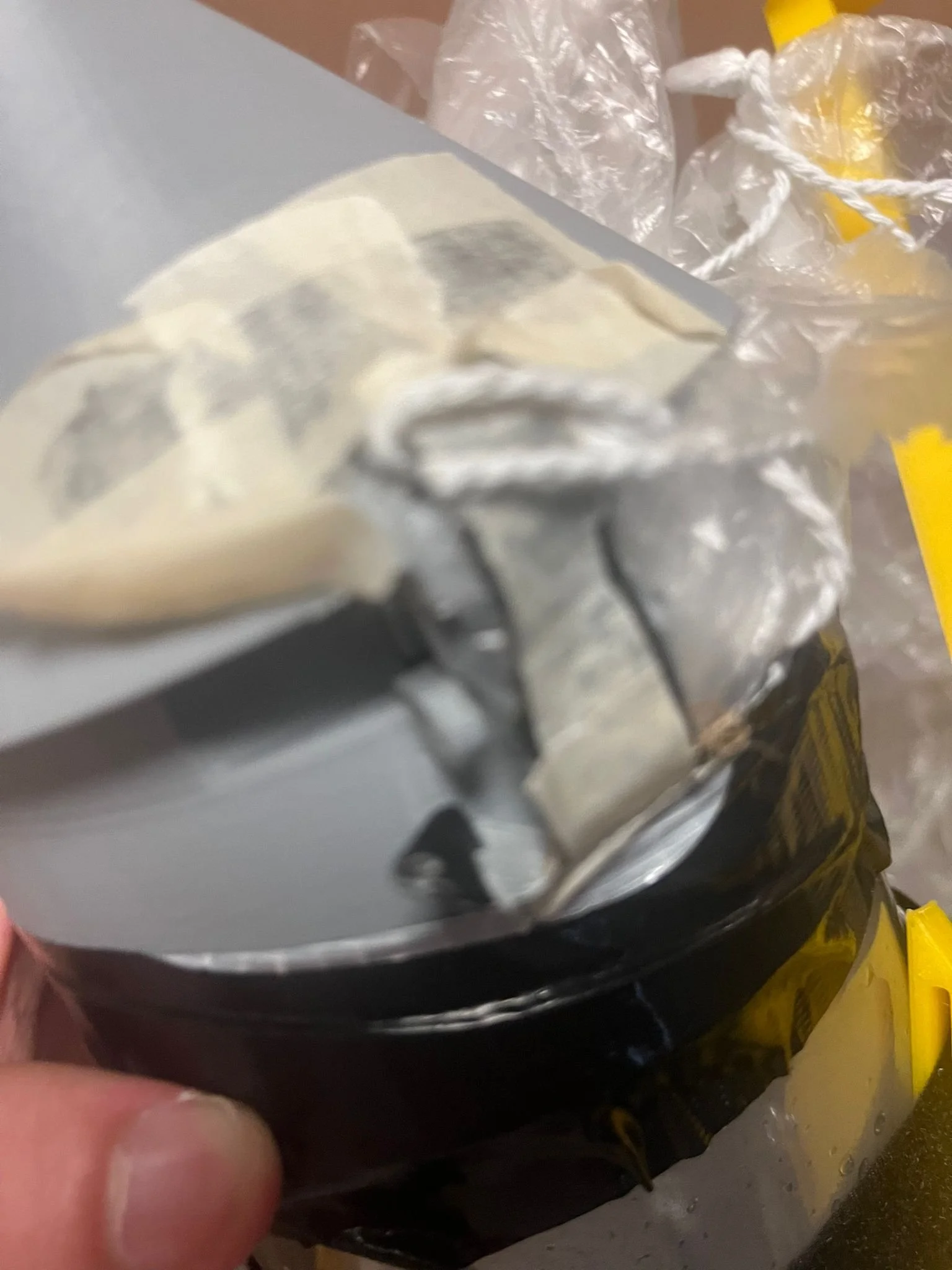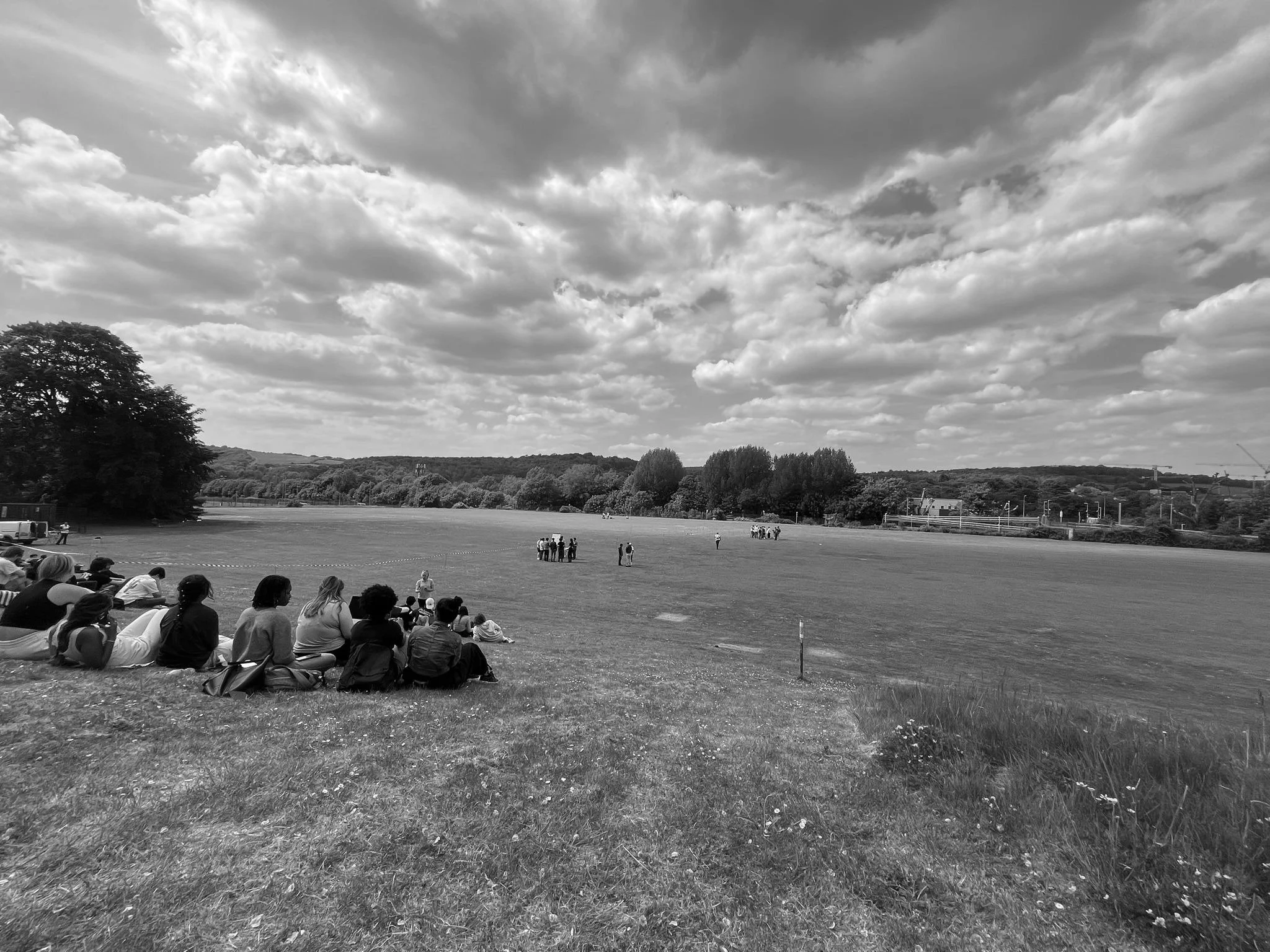Testing
During testing, I encountered several issues with the fit of key components—particularly the rotating mechanism for the nose cone and the parts responsible for securing the landing gear. These issues were caused by the 3D printer slightly oversizing the parts by about half a millimetre, which compromised the functionality. As a result, I had to use tape to manually hold the cone closed, which significantly impacted the rocket’s aerodynamics and caused it to fly much lower than the simulated predictions. The taped cone opened too easily mid-flight, increasing drag and disrupting performance.
Additionally, the parachute system did not perform as intended. It was too light and poorly balanced, which caused it to deploy unevenly and fall to the side, rendering the landing gear ineffective on impact.
Despite these challenges, the experience was incredibly valuable. I learned the importance of thorough pre-testing and ensuring all components are checked and fitted well before final trials. It also taught me the drawbacks of leaving tasks like 3D printing to the last minute, where there’s no time to make adjustments.
Overall, seeing everyone else’s rocket designs and creative ideas made the day enjoyable. It was fun, insightful, and a great opportunity to learn from both my own project and those of others.



